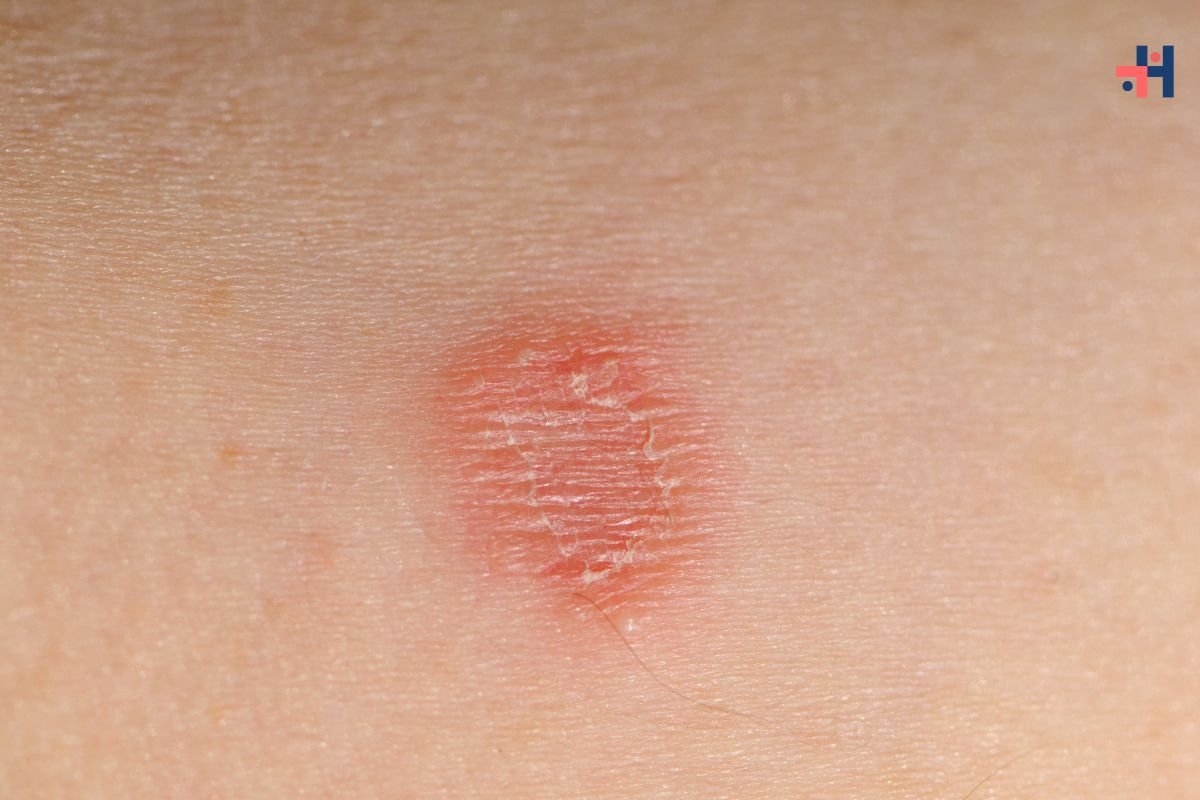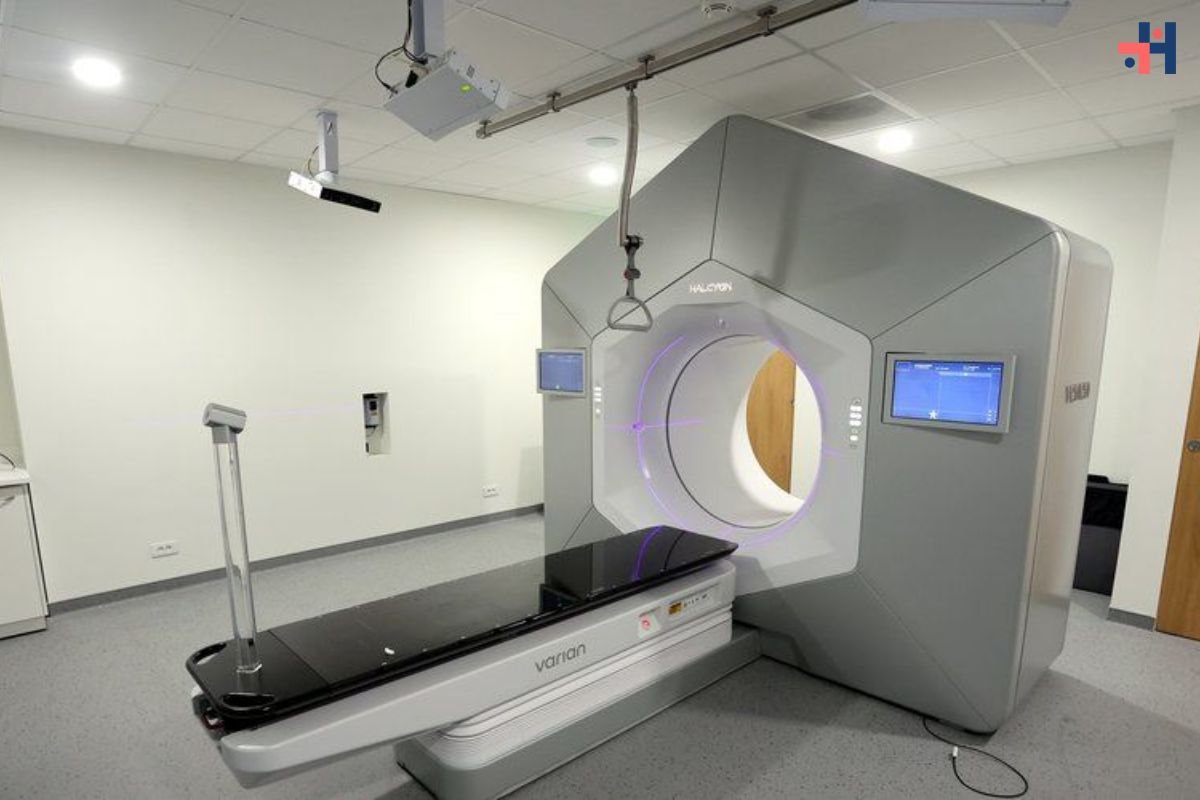Recent research published in JAMA Pediatrics has uncovered a compelling connection between teen drug and alcohol and substance use and underlying psychiatric distress. The study reveals that adolescents engaging in the regular consumption of cannabis, alcohol, and nicotine are more likely to exhibit pronounced psychiatric symptoms compared to their peers who abstain from such substances.
Understanding the Link: Substance Use and Mental Health Challenges
The comprehensive research, led by Brenden Tervo-Clemmens, an assistant professor of psychiatry at the University of Minnesota, demonstrates that substances like cannabis, alcohol, and nicotine are intricately linked to a spectrum of mental health issues. These encompass anxiety, depression, hyperactivity, and even suicidal ideation. The findings underscore the significance of incorporating questions about substance use when screening for underlying mental health concerns among teenagers.
Universal Screening for Enhanced Insight
Tervo-Clemmens emphasizes the importance of universal screening for psychiatric symptoms in the context of all types of substance use. The study reveals that regardless of the substance—be it cannabis, alcohol, or nicotine—all examined mental health symptoms, including depression, suicidal thoughts, and ADHD, exhibited elevated levels.
Drug Use as a Coping Mechanism
Notably, the research indicates that even at low levels of drug and alcohol use, a correlation with mental health issues exists. Tervo-Clemmens suggests that adolescents with minimal substance use may be employing these substances as a form of self-medication rather than causing the underlying mental health challenges.
However, the study also reveals that the severity of mental health symptoms increases among the most frequent and intensive substance users. Tervo-Clemmens notes that in these cases, adolescents might be exacerbating their symptoms while simultaneously using substances to self-medicate.
Dose-Dependent Connection
The study highlights a “dose-dependent” relationship, where daily or near-daily substance use is associated with a moderate increase in symptoms. This emphasizes the correlation between the intensity of symptoms and the level of substance use.
The robustness of the study stems from its utilization of two distinct data sets, both yielding consistent findings. One sample drew on survey data from 15,600 Massachusetts high school students, while the second utilized self-reported data from 17,000 respondents to the national Youth Risk Behavior Survey. In both groups, alcohol, cannabis, and nicotine use exhibited significant, moderate dose-dependent associations with worse psychiatric symptoms.
Generational Shift in Trends
Compared to previous generations, today’s adolescents face an increase in mental health symptoms alongside a decline in drug and alcohol use. Binge-drinking and cigarette smoking have notably decreased, impacting a smaller portion of the adolescent population. This generational shift underscores the potential of inquiring about substance use as an effective screening tool for identifying mental health challenges among teenagers.
In conclusion, the intersection of substance use and mental health among adolescents is a nuanced and critical aspect of their well-being. By understanding and addressing this connection, we can proactively support the mental health of the younger generation.










